Found a total of 10000 related content
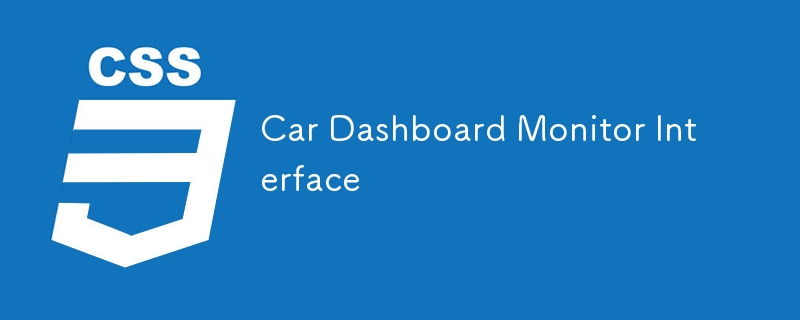
Car Dashboard Monitor Interface
Article Introduction:In this project, you will create an interactive Car Dashboard Monitor interface using HTML and CSS. While this interface won't include any JavaScript functionality (just HTML and CSS for now), it will allow you to practice advanced layout techniques
2024-12-20
comment 0
557
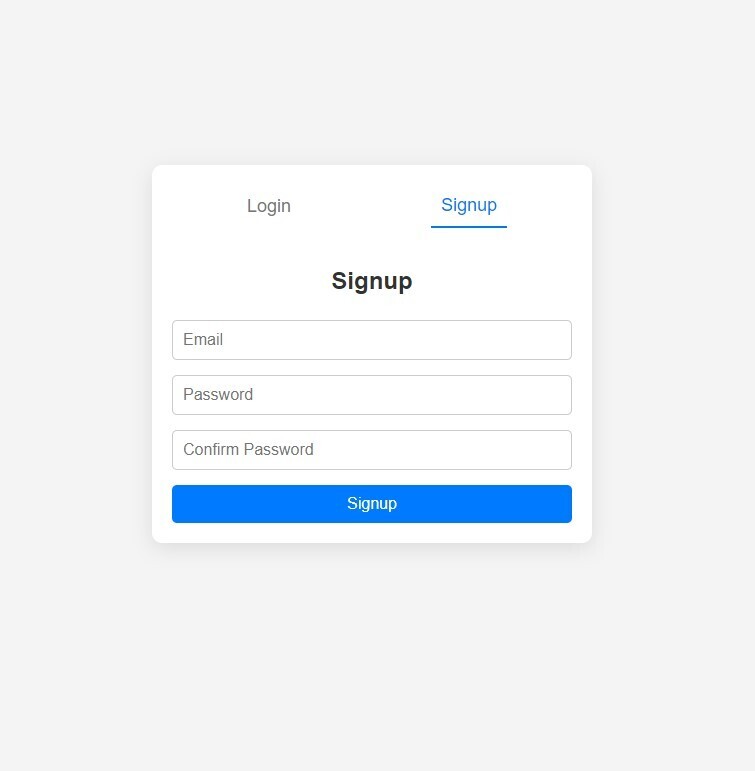
Login Signup Interface
Article Introduction:? Beginner Project: Login/Signup Interface ?
In this project, you'll create a simple Login and Signup Interface using only HTML and CSS. It's a perfect project for beginners to understand structuring forms, applying basic styles, and designing
2024-12-17
comment 0
1116

Grouping?Selection?List?Items Together?With?CSS?Grid
Article Introduction:Preethi demonstrates how to make a user interface to group selected items using CSS Grid using two different methods: the auto-fill keyword for stable layouts and the span keyword for flexible arrangements.
2025-03-07
comment 0
687
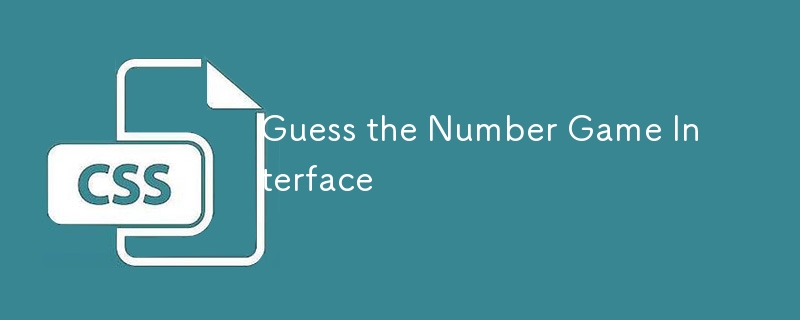
Guess the Number Game Interface
Article Introduction:In this project, you'll create a simple Guess the Number game interface using HTML and CSS. While this is a static project (no JavaScript), it will allow beginners to practice designing a user-friendly interface with buttons, inputs, and text display
2024-12-23
comment 0
1038
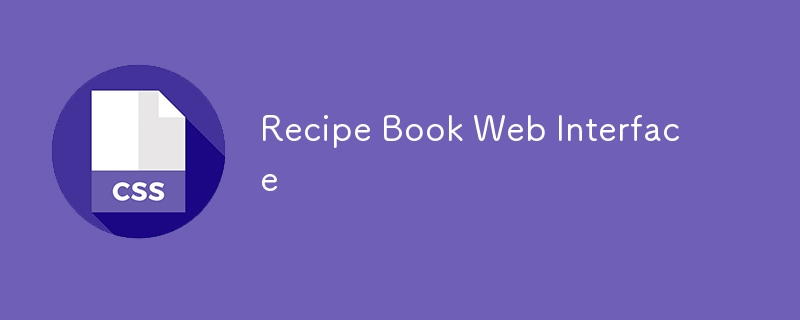
Recipe Book Web Interface
Article Introduction:In this project, you'll build a Recipe Book Web Interface using HTML and CSS. This project introduces learners to advanced layout concepts like CSS Grid, Flexbox, and hover effects, while also covering the use of images and responsive design.
2024-12-27
comment 0
403
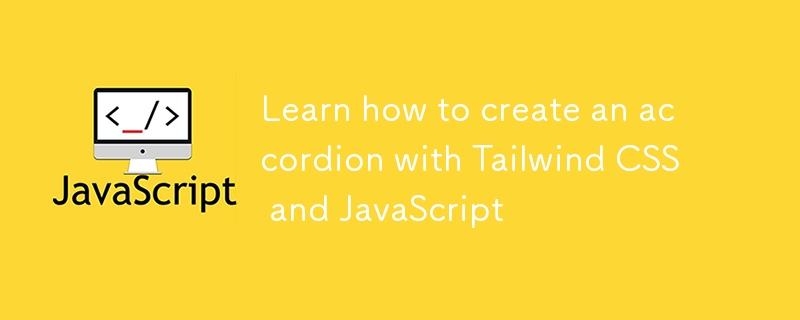
Learn how to create an accordion with Tailwind CSS and JavaScript
Article Introduction:This tutorial demonstrates building an accordion component using Tailwind CSS and JavaScript, a simpler alternative to our previous AlpineJS implementation.
Understanding Accordions
An accordion is a user interface element presenting a collapsible li
2025-01-16
comment 0
573

Bootstrap and React: Creating Responsive Web Applications
Article Introduction:How to create responsive web applications using Bootstrap and React? By combining Bootstrap's CSS framework and React's componentized architecture, modern, flexible and easy to maintain can be created. The specific steps include: 1) Importing the CSS file of Bootstrap and using its class to style React components; 2) Using React's componentization to manage state and logic; 3) Loading Bootstrap styles as needed to optimize performance; 4) Creating a dynamic interface using React's Hooks and Bootstrap's JavaScript components.
2025-05-03
comment 0
742

How to use adobe dreamweaver
Article Introduction:This article provides a comprehensive guide to Adobe Dreamweaver, covering its interface, core functionalities (site creation, code editing, responsive design using CSS media queries and fluid grids), and essential features for beginners. It also ad
2025-03-06
comment 0
1045

Personal Finance Dashboard Interface
Article Introduction:? Explaining the Personal Finance Dashboard Project for an Intermediate Class
This project offers a practical introduction to structuring, styling, and enhancing a real-world interface using HTML and CSS. It provides a foundation for more compl
2024-12-22
comment 0
472

How to heat up dreamweaver
Article Introduction:This article explains how to create and style hyperlinks and image maps (hotspots) in Dreamweaver. It details methods using the program's interface and manual HTML coding, emphasizing CSS for efficient styling and the target="_blank&quo
2025-03-06
comment 0
667
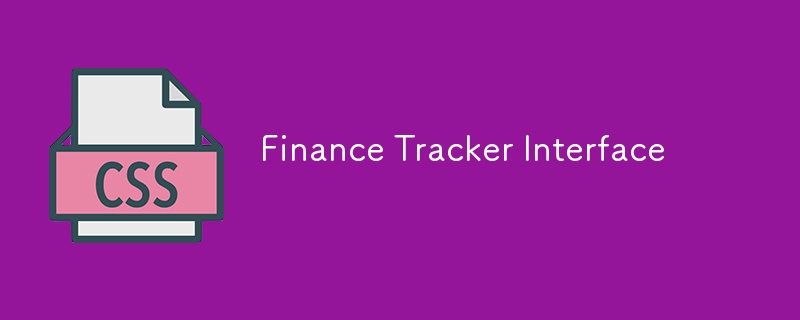
Finance Tracker Interface
Article Introduction:Here’s a beginner-friendly finance app using HTML and CSS. This project will create a simple interface where users can view a balance summary, add income, and track expenses. It will focus on design and layout, without JavaScript functionality, makin
2024-12-17
comment 0
1032

How to display the content of the interface with xml
Article Introduction:XML is widely used to build and manage user interfaces. It defines and displays the interface content through the following steps: Define interface elements: XML uses tags to define interface elements and their properties. Building a hierarchy: XML organizes interface elements according to hierarchical relationships to form a tree structure. Using Stylesheets: Developers use stylesheet languages ??such as CSS or XSL to specify the visual appearance and behavior of elements. Rendering process: A browser or application uses an XML parser and stylesheet to parse an XML file and render interface elements to make it visible on the screen.
2025-04-02
comment 0
1008
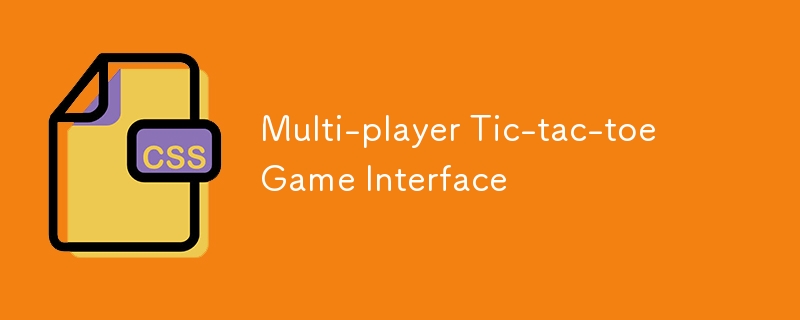
Multi-player Tic-tac-toe Game Interface
Article Introduction:Here’s an interface for a multiplayer Tic Tac Toe game using HTML and CSS. This project focuses on creating a clean, responsive, and interactive layout for a two-player game. It sets up the structure for the game board, player indicators, and basic s
2024-12-18
comment 0
1002

CSS implements transparent overlay scroll bars: optimize user experience and interface design
Article Introduction:This tutorial details how to use CSS to create transparent and overlay scrollbars to optimize the user interface and visual experience of a web page. Through overflow: overlay;, we can customize the color and transparency of the scrollbar by using CSS properties such as ::-webkit-scrollbar and scrollbar-color to seamlessly blend with the page content, improving aesthetics and space utilization.
2025-08-28
comment 0
591

Dynamically modify element styles in JavaScript: Understanding camel nomenclature for CSS attributes
Article Introduction:This tutorial aims to resolve common attribute naming errors when JavaScript dynamically modifying CSS styles. It explains in detail why using CSS attributes with hyphens (such as background-color) directly in JavaScript can cause errors, and clarifies the correct solution: use camel nomenclature (such as backgroundColor) to access and style elements to ensure that the interface can be updated as expected after user interaction.
2025-09-04
comment 0
704

Understand the limitations of CSS parent selectors: How to change the style of the parent element when the child element is selected
Article Introduction:This article explores common requirements for how to change the style of the parent element when a child element (such as a check box) is selected in SCSS/SASS. Due to the limitations of the CSS specification, pure CSS/SCSS currently cannot directly implement parent element selection based on child element state. This limitation will be explained in detail in the article and provides recommended solutions for DOM operations using JavaScript to achieve the desired user interface interaction effect.
2025-08-12
comment 0
605

Building an interactive JavaScript picture gallery: Implementing dynamic picture switching function
Article Introduction:This tutorial details how to build a fully functional interactive picture gallery using HTML, CSS and JavaScript. We will learn how to set the structure and style of the gallery, and implement the function of dynamically switching the main image when clicking on the thumbnail. The article will cover core JavaScript logic, necessary CSS layout, and emphasize key considerations such as the correctness of image paths to help you create a picture display interface with a good user experience.
2025-08-20
comment 0
727

JavaScript native pop-up style customization: restrictions and customization solutions
Article Introduction:This article deeply explores the limitations of JavaScript native alert() pop-up window in style customization. Since alert() is a built-in user interface element of the browser, it does not support HTML tags or CSS styles, it cannot achieve partial bolding or discoloring of message content. The article will explain the reasons for this limitation in detail and provide solutions to build custom modal dialogs using HTML, CSS, and JavaScript for a fully controlled style and interactive experience.
2025-08-19
comment 0
152

Explain the `overflow` property and its common values
Article Introduction:overflow is an attribute in CSS that controls the overflow behavior of element content. Common values include: 1.visible (default, no cropping when content overflows); 2.hidden (overflow content is hidden, keeping the interface neat but information may be lost); 3.scroll (always display scroll bars, prompting the user to scroll); 4.auto (only display scroll bars when overflows, most commonly used). When using it, you need to pay attention to the layout environment, white-space settings and mobile compatibility. Reasonable application can improve the interface control effect.
2025-07-22
comment 0
339


















